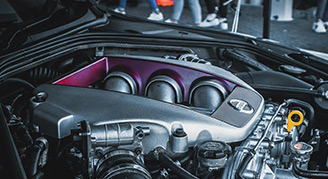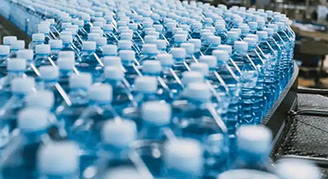Delivering Quality and Innovation with Every Pour
At Vodash Engineering, we specialize in delivering high-precision investment casting solutions that meet the most stringent industry standards. Whether you're looking for complex geometries or flawless surface finishes, our expert team ensures that every part we create exceeds expectations in quality and performance.
Advantages

-
Excellent Surface Finish: Investment casting produces a smooth and clean surface, often eliminating the need for additional machining or finishing.
-
High Dimensional Accuracy: Offers tight tolerances, making it ideal for precision components without extensive post-processing.
-
Complex Geometries: Capable of casting intricate shapes, thin walls, and internal cavities that would be difficult or impossible to produce using other casting methods.
-
Material Versatility: Can be used with a wide variety of metals and alloys, including stainless steel, aluminium, titanium, and high-performance superalloys.
-
Near-Net Shape Manufacturing: Produces parts very close to final dimensions, reducing material waste and machining time, saving both cost and effort.





